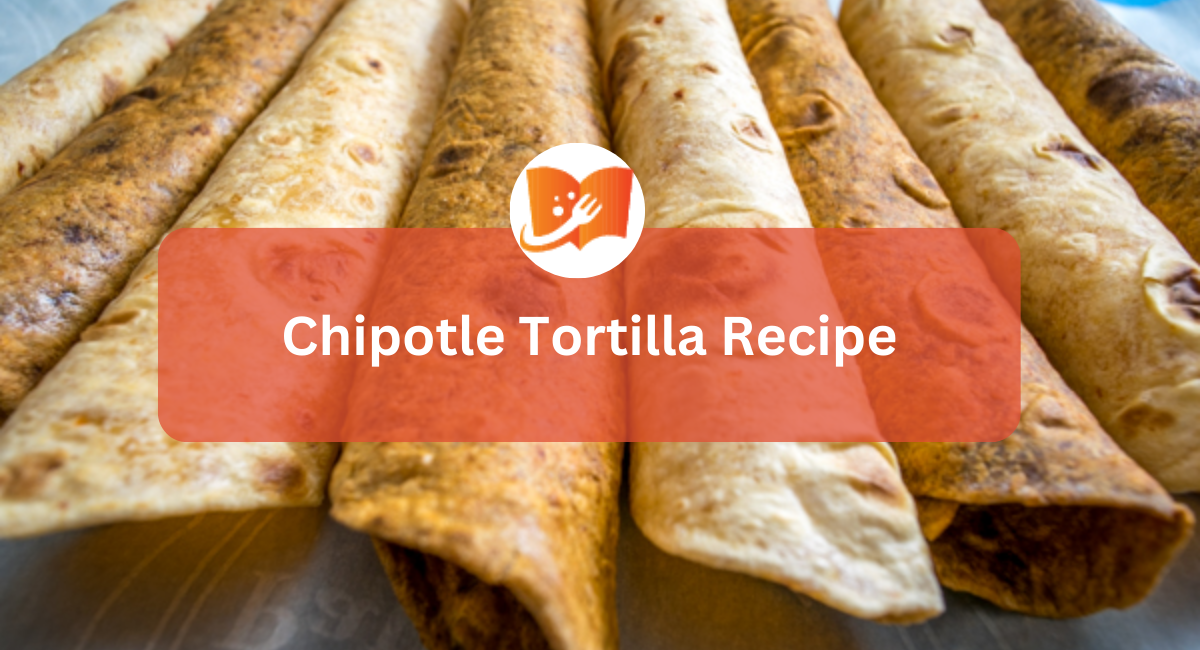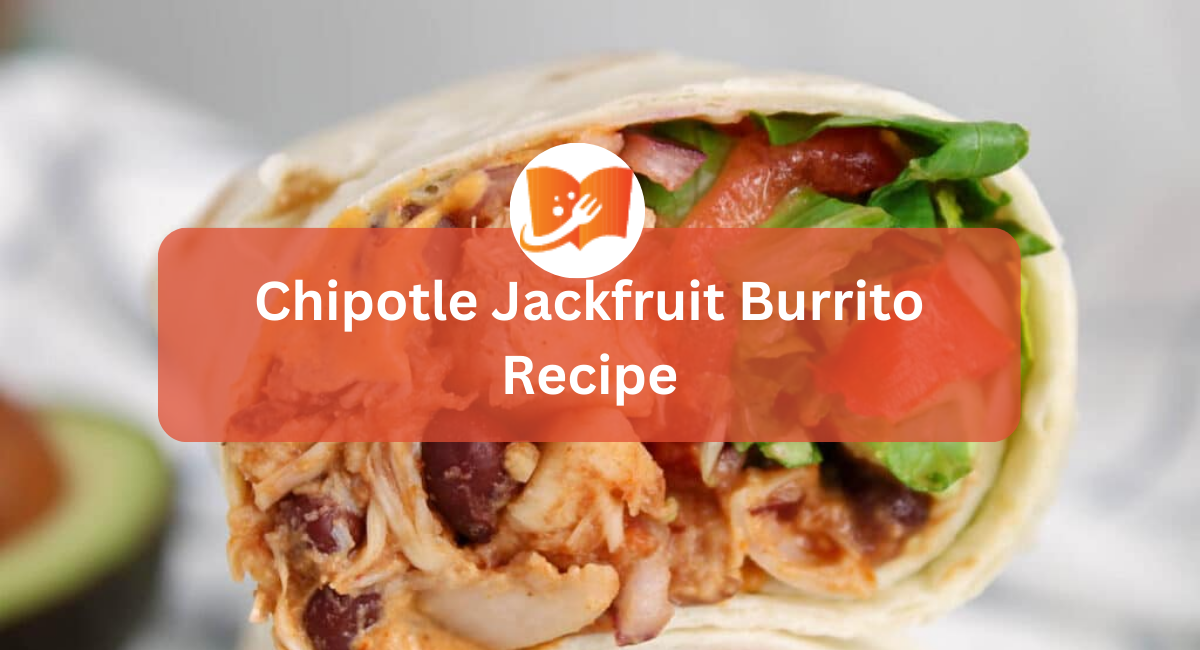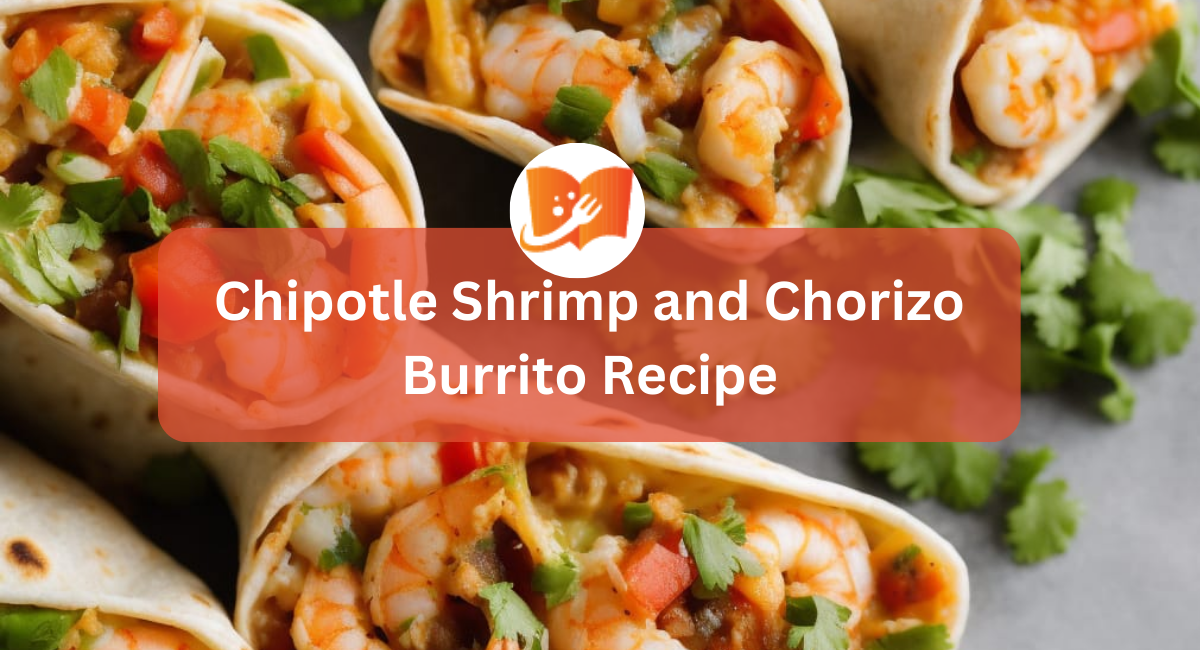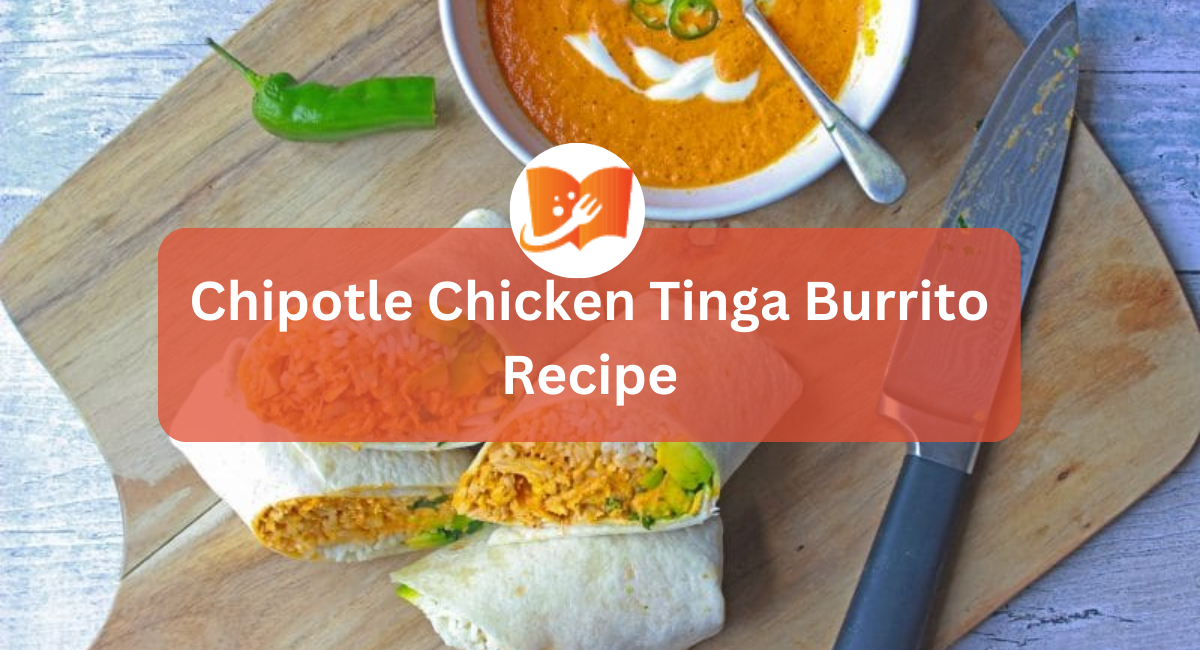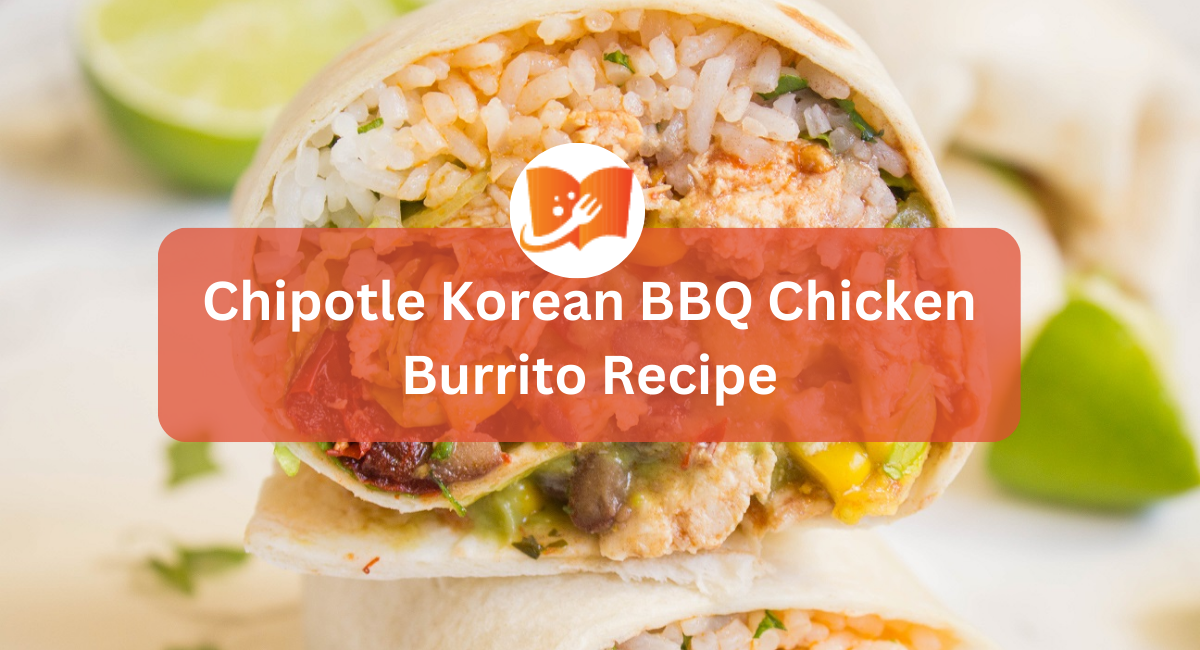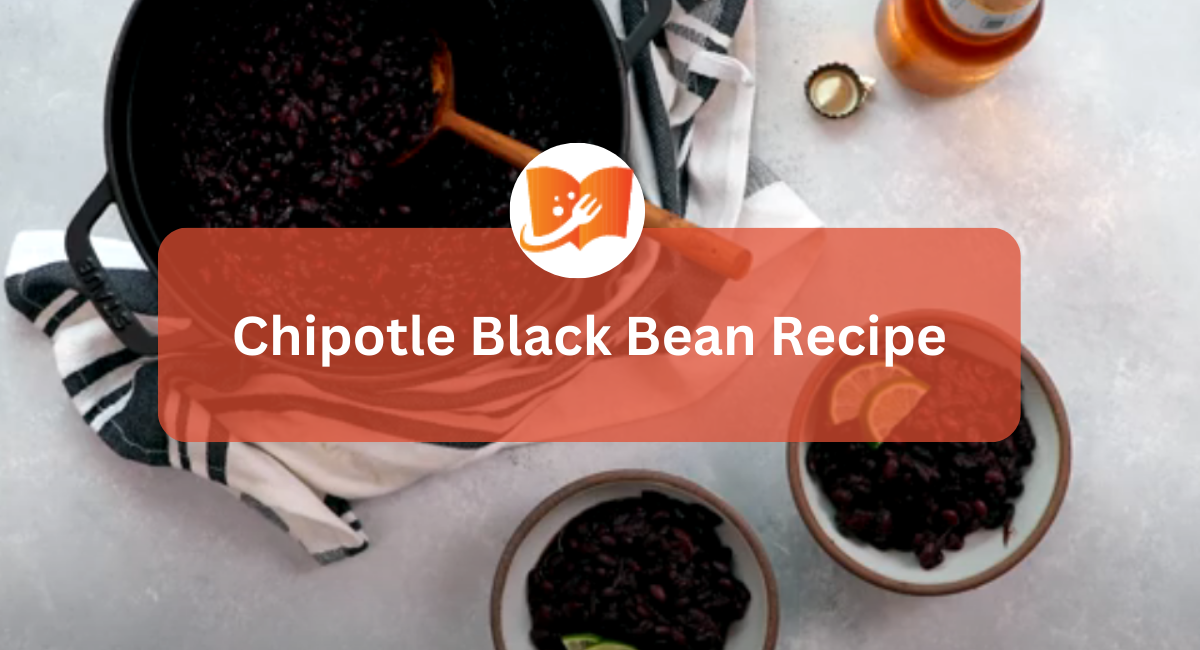Chipotle Queso Blanco is a beloved menu item known for its creamy texture, white cheese base, and subtle heat from a blend of peppers. While readily available at Chipotle restaurants, recreating this dip at home offers several advantages.
Making Chipotle Queso Blanco at home allows you to customize the flavors to your liking, adjusting the spice level and even experimenting with different cheese combinations. You can also ensure the freshness and quality of the ingredients, resulting in a superior taste experience. Additionally, preparing it yourself is often more cost-effective than buying it from the restaurant.
Our homemade Chipotle Queso Blanco recipe delivers a luxuriously smooth and creamy dip with a mild, cheesy flavor. Whether you’re hosting a party or simply craving a delicious snack, this homemade Chipotle Queso Blanco is sure to satisfy.
Ingredients and Substitutions

Chipotle Queso Blanco Ingredients
These ingredients are cooked together over medium heat until thickened, then the sour cream and cheeses are gradually added and melted in. The final result is a smooth, creamy, and flavorful queso blanco that is perfect for dipping tortilla chips or drizzling over your favorite Mexican dishes.
- 2 cups whole milk: This is the base of the queso, providing creaminess and richness. Whole milk is recommended for the best flavor and texture, but you can use lower-fat milk if desired.
- 2 tablespoons yellow onion, finely chopped: Adds a subtle savory flavor and a bit of texture to the queso.
- 2 tablespoons serrano pepper, seeds removed, finely chopped: Serrano peppers bring a good amount of heat to the queso. Removing the seeds will make it milder, while leaving them in will make it spicier.
- 1 1/2 tablespoons poblano pepper, seeds removed, finely chopped: Poblano peppers have a milder flavor than serrano peppers, adding a subtle earthiness and a touch of sweetness to the queso.
- 1 teaspoon chipotle pepper, seeds removed and chopped from a can of chipotles in adobo sauce: Chipotle peppers are smoked and dried jalape\u00f1o peppers, adding a unique smoky flavor and a bit more heat to the queso.
- 1 garlic clove, peeled and grated: Garlic adds a savory depth of flavor to the queso.
- 3 tablespoons cornstarch: Cornstarch is used as a thickener to give the queso its creamy consistency.
- Water: Used to create a slurry with the cornstarch, ensuring it dissolves smoothly into the milk without clumping.
- 1 cup sour cream: Sour cream adds a tangy flavor and contributes to the creamy texture of the queso.
- 2 cups/6 ounces Monterey Jack cheese, grated: Monterey Jack is a mild, melty cheese that provides a creamy base for the queso.
- 1 cup/3 ounces sharp white cheddar, grated: Sharp white cheddar adds a sharper, more pronounced cheesy flavor to the queso.
- 1 tablespoon fresh tomato, seeds and juice removed, chopped: Tomato adds a fresh, slightly sweet flavor and a pop of color to the queso.
- 1/4 teaspoon salt or to taste: Salt enhances the flavors of the other ingredients and balances the overall taste of the queso.
Substitutions for Dietary Restrictions or Preferences
- Milk: Instead of whole milk, you can use 2% or skim milk for a lower-fat option. For a dairy-free alternative, try unsweetened almond milk or cashew milk. The consistency may be slightly thinner, so you might need to adjust the amount of cornstarch.
- Sour Cream: If you don’t have sour cream, you can substitute it with plain yogurt or crème fraîche. For a dairy-free option, use a plant-based sour cream alternative.
- Cheese: While Monterey Jack and sharp white cheddar are the traditional choices, you can experiment with other cheeses like pepper jack, queso quesadilla, or even a smoked gouda for a unique twist. For a vegan queso, use a combination of vegan cheddar and mozzarella shreds.
- Spices: Adjust the amount of serrano and chipotle peppers to your preferred spice level. If you don’t have chipotle peppers in adobo sauce, you can use chipotle powder or smoked paprika for a similar smoky flavor.
- Thickening Agent: If you don’t have cornstarch, you can use all-purpose flour as a thickener. However, you will need to double the amount (6 tablespoons) since flour has half the thickening power of cornstarch. Be sure to cook the flour thoroughly to avoid a raw taste.
Remember, these are just suggestions, and you can customize the recipe to your liking and dietary needs. Feel free to experiment with different ingredients and find what works best for you.
Importance of Using Fresh, High-quality Ingredients

Using fresh, high-quality ingredients is crucial for making the best Chipotle Queso Blanco. Fresh ingredients have more vibrant flavors and aromas, which will significantly impact the overall taste of the queso. For example, using freshly grated cheese instead of pre-shredded cheese will result in a smoother, creamier texture and a richer cheese flavor. Pre-shredded cheese often contains additives that prevent clumping but can also hinder the cheese from melting smoothly.
Similarly, using fresh peppers and onions will provide a brighter, more pronounced flavor compared to using older or pre-chopped vegetables. Fresh tomatoes will also add a burst of sweetness and acidity that complements the richness of the cheese.
High-quality ingredients, such as whole milk and sour cream, will also contribute to a creamier, more luxurious texture and a richer flavor profile. While it might be tempting to use lower-quality or processed ingredients, the difference in taste and texture will be noticeable.
Chipotle Queso Blanco Recipe – Step by Step Guide
- Prepare the ingredients: Finely chop the yellow onion, serrano peppers (removing the seeds), poblano peppers (removing the seeds), chipotle pepper (removing the seeds), and grate the garlic. Grate the Monterey Jack and sharp white cheddar cheeses. Chop the fresh tomato, removing the seeds and juice.
- Heat the milk: In a saucepan, add the milk and heat it over medium heat.
- Add aromatics: Stir in the chopped onion, serrano peppers, poblano pepper, chipotle pepper, and grated garlic.
- Make a cornstarch slurry: In a separate small bowl, combine the cornstarch with just enough water to dissolve it completely. Stir this slurry into the milk mixture in the saucepan.
- Thicken the mixture: Bring the mixture to a light bubble, stirring often, until it thickens. This should take a few minutes. Be sure to keep a close eye on it, as it can thicken quickly. Remove from heat as soon as it reaches the desired consistency.
- Incorporate sour cream: Reduce the heat to very low and whisk in the sour cream until it is fully incorporated and the mixture is smooth.
- Melt the cheese: Gradually add the grated cheeses, a handful at a time, stirring until each addition is completely melted before adding more. This will help prevent the queso from becoming gritty or separating. If the queso gets too hot, it may become grainy, so be sure to monitor the temperature closely.
- Add the tomato: Stir in the chopped tomato.
- Cool and serve: Remove the queso from the heat and let it cool slightly. It will thicken further as it cools. Serve warm with tortilla chips or your favorite Mexican dishes.
Tips for Achieving the Perfect Chipotle Queso Blanco

- Slow and steady heat: Cook the queso over medium-low heat. High heat can cause the milk to scorch or the cheese to separate, resulting in a grainy texture.
- Grate your own cheese: Pre-shredded cheese often contains anti-caking agents that can make the queso gritty. Grate your own cheese from a block for the smoothest, creamiest texture.
- Don’t overcook the cornstarch: The cornstarch slurry is essential for thickening the queso, but overcooking it can make it gummy. Cook it just until the mixture thickens and remove it from the heat promptly.
- Add cheese gradually: Add the cheese a handful at a time, stirring until each addition is fully melted before adding more. This will prevent the cheese from clumping and ensure a smooth, creamy queso.
- Adjust the consistency: If the queso is too thick, you can thin it out with a splash of milk or water. If it’s too thin, simmer it for a bit longer to reduce the liquid and thicken it up.
- Season to taste: The recipe provides a starting point for seasoning, but taste the queso as you go and adjust the salt and spice level to your preference.
- Use a good quality sour cream: A high-quality sour cream will add a tangy flavor and contribute to the creamy texture of the queso.
- Don’t be afraid to experiment: Feel free to adjust the recipe to your liking. Try adding different types of peppers, spices, or even a splash of hot sauce for an extra kick.
Troubleshooting Common Queso Issues

Grainy or gritty queso
This is often caused by high heat, which can cause the proteins in the cheese to separate. To prevent this, cook the queso over low to medium heat and stir constantly. If the queso does become grainy, you can try adding a tablespoon of cornstarch mixed with a little cold milk or water to help smooth it out.
Queso separating or breaking
This can happen if the queso gets too hot or if the cheese is not added gradually. To prevent separation, cook the queso over low heat and add the cheese a handful at a time, stirring until each addition is melted before adding more. If the queso does separate, you can try whisking in a tablespoon of heavy cream or a small amount of sodium citrate (an emulsifier) to help bring it back together.
Queso too thick
If the queso is too thick, you can easily thin it out by adding a splash of milk or water while reheating. Start with a small amount and add more as needed until you reach the desired consistency.
Queso too thin
If the queso is too thin, you can simmer it for a bit longer to reduce the liquid and thicken it up. You can also try adding a bit more cornstarch slurry (1 tablespoon cornstarch mixed with 2 tablespoons of cold milk or water) and cooking until thickened.
Bland queso
If the queso lacks flavor, you can adjust the seasonings to your liking. Add more salt, pepper, spices, or even a dash of hot sauce for an extra kick. You can also try adding a bit of grated parmesan cheese or a spoonful of miso paste for a deeper, more complex flavor.
Curdled queso
Curdling can occur if the queso is cooked at too high a temperature or if acidic ingredients like tomatoes are added too early in the cooking process. To prevent curdling, cook the queso over low heat and add acidic ingredients towards the end of cooking. If the queso does curdle, it’s best to start over with fresh ingredients.
Serving Suggestions
Traditional Pairings
Chipotle Queso Blanco is traditionally served warm with tortilla chips for dipping. The salty, crunchy chips complement the creamy, cheesy dip, creating a satisfying contrast in textures and flavors. The mild heat from the peppers in the queso also pairs well with the corn flavor of the chips.
In addition to tortilla chips, Chipotle Queso Blanco can also be used as a topping for nachos, tacos, burritos, or even vegetables. Its creamy texture and bold flavors make it a versatile condiment that can elevate a variety of dishes.
Creative Serving Ideas

Besides the traditional pairings of tortilla chips and nachos, Chipotle Queso Blanco can be used in various creative ways:
- Queso Blanco Fries: Drizzle warm queso blanco over a plate of crispy french fries or tater tots for a decadent and satisfying snack or side dish.
- Queso Blanco Stuffed Peppers: Fill mini bell peppers or jalape\u00f1o halves with queso blanco and bake until bubbly and golden brown.
- Queso Blanco Mac and Cheese: Stir a generous amount of queso blanco into your favorite mac and cheese recipe for an extra cheesy and flavorful twist.
- Queso Blanco Quesadillas: Spread queso blanco on tortillas, add your favorite fillings like shredded chicken, black beans, or grilled vegetables, and grill or pan-fry until golden brown and crispy.
- Queso Blanco Dip for Vegetables: Serve warm queso blanco as a dip for fresh or roasted vegetables like broccoli, cauliflower, carrots, or zucchini.
- Queso Blanco Burger Topping: Drizzle or spread queso blanco on your favorite burgers for an extra layer of cheesy goodness.
- Queso Blanco Breakfast Burrito: Add a dollop of queso blanco to your breakfast burrito along with scrambled eggs, sausage, or bacon for a hearty and flavorful start to your day.
- Queso Blanco Loaded Baked Potato: Top a baked potato with queso blanco, along with your favorite toppings like bacon bits, chives, and sour cream.
Beverage Pairings
The creamy, cheesy, and spicy flavors of Chipotle Queso Blanco pair well with a variety of beverages, both alcoholic and non-alcoholic:
Beer
- Lagers: The crisp, clean flavors of a Mexican lager or American light lager complement the richness of the queso without overpowering it.
- IPAs: The hoppy bitterness of an IPA can cut through the richness of the queso and provide a refreshing contrast. Choose a lower ABV IPA to avoid overwhelming the flavors of the dip.
- Amber Ales: The caramel and toasty notes of an amber ale can complement the smoky flavors of the chipotle peppers in the queso.
Wine
- Sauvignon Blanc: The bright acidity and citrusy notes of a Sauvignon Blanc can cut through the richness of the queso and refresh the palate.
- Riesling: The slight sweetness and fruity flavors of a Riesling can balance the heat of the peppers and complement the creamy texture of the queso.
- Rosé: A dry or off-dry rosé with notes of strawberry or watermelon can provide a refreshing contrast to the richness of the queso.
Cocktails
- Margarita: The classic tequila cocktail with its lime and orange flavors is a natural pairing for Mexican cuisine and complements the queso’s spice and creaminess.
- Paloma: This refreshing tequila-based cocktail with grapefruit soda offers a lighter alternative to the margarita while still complementing the queso’s flavors.
- Michelada: A savory beer cocktail with lime juice, hot sauce, and spices can enhance the queso’s spiciness and create a complex flavor experience.
Non-Alcoholic
- Agua Fresca: These refreshing fruit-based drinks, such as watermelon or cucumber agua fresca, can help cool down the palate after enjoying the spicy queso.
- Horchata: This creamy, cinnamon-flavored rice milk beverage offers a sweet and cooling contrast to the queso’s heat.
- Mexican Coke: Made with cane sugar instead of high-fructose corn syrup, Mexican Coke has a unique flavor that pairs well with Mexican cuisine and can complement the queso’s richness.
Chipotle Queso Blanco Variations
- Spice it up: If you prefer a spicier queso, leave the seeds in the serrano and/or chipotle peppers, or add a pinch of cayenne pepper. You can also experiment with other types of hot peppers, such as habanero or ghost pepper, for an even hotter kick.
- Make it smoky: For a deeper smoky flavor, try using smoked paprika or chipotle powder in addition to the chipotle peppers. You can also char the poblano peppers over an open flame before chopping them.
- Add some protein: To make the queso more substantial, you can add cooked chorizo, ground beef, or shredded chicken. Simply brown the meat before adding it to the queso, and adjust the seasonings accordingly.
- Get creative with the cheese: While Monterey Jack and cheddar are the classic choices, you can experiment with other types of cheese to create unique flavor combinations. Try adding pepper jack for a spicier kick, Oaxaca cheese for a stringy texture, or even a bit of blue cheese for a funky twist.
- Make it vegan: For a vegan version of Chipotle Queso Blanco, use plant-based milk, sour cream, and cheese alternatives. You can also add nutritional yeast for a cheesy flavor and a boost of B vitamins.
Storing and Reusing Leftovers
By properly storing and reusing your leftover Chipotle Queso Blanco, you can enjoy its delicious flavor and creamy texture for days after making it.
Storing
Allow the queso to cool to room temperature before storing. Transfer it to an airtight container and refrigerate for up to 4 days. It’s essential to use an airtight container to prevent the queso from drying out or absorbing flavors from other foods in the refrigerator.
Reheating
- Stovetop: The best way to reheat queso is on the stovetop over low heat. Place the desired amount of queso in a saucepan and heat gently, stirring frequently, until warmed through. If the queso is too thick, you can add a splash of milk or water to thin it out. Be careful not to overheat the queso, as this can cause it to separate or become grainy.
- Microwave: You can also reheat the queso in the microwave. Place it in a microwave-safe bowl and heat it in 30-second intervals, stirring in between, until warmed through. Again, be careful not to overheat it, as this can affect the texture.
Reusing
Leftover Chipotle Queso Blanco can be used in various creative ways:
- Quesadillas: Spread the queso on tortillas, add your favorite fillings, and grill or pan-fry until golden brown.
- Burritos and Enchiladas: Use the queso as a topping or filling for your favorite burritos or enchiladas.
- Nachos: Drizzle the queso over a plate of nachos for an extra cheesy and flavorful topping.
- Baked Potatoes: Top baked potatoes with queso, along with other toppings like bacon, chives, and sour cream.
- Vegetable Dip: Serve warm queso as a dip for fresh or roasted vegetables like broccoli, cauliflower, or carrots.
Tip: If your leftover queso has thickened considerably in the refrigerator, you can blend it with an immersion blender or in a regular blender before reheating for a smoother consistency.
The Best Cheeses for Queso Blanco

The best cheeses for queso blanco are those that melt smoothly and have a good balance of flavor and creaminess. Here are some popular choices:
- Monterey Jack: This is a classic choice for queso blanco due to its mild flavor and excellent melting properties. It creates a smooth and creamy base for the dip.
- White Cheddar: White cheddar adds a sharper, more pronounced cheesy flavor to the queso. It also melts well and contributes to the creamy texture.
- Asadero/Oaxaca Cheese: These Mexican cheeses are known for their stringy, melty texture, which adds a fun and authentic touch to queso blanco. They have a mild flavor that complements the other ingredients.
- Pepper Jack: If you like a little heat in your queso, pepper jack is a great option. It has a similar melting quality to Monterey Jack but with the added kick of jalapeño peppers.
- Queso Quesadilla: This Mexican melting cheese is another excellent choice for queso blanco. It has a mild, milky flavor and melts beautifully into a smooth and creamy dip.
For a richer and creamier queso, you can also add a small amount of cream cheese or mascarpone cheese. These cheeses will help to thicken the dip and add a luxurious texture.
Avoid using pre-shredded cheese, as it often contains anti-caking agents that can make the queso grainy. Instead, grate your own cheese from a block for the best results.
Conclusion
Chipotle Queso Blanco isn’t just a dip; it’s an experience. With its rich, creamy texture, subtle heat, and smoky notes, it’s a dish that promises to elevate any gathering or snack time. This homemade version allows you to tailor the flavors to your liking and explore endless possibilities for pairings and variations.
So why not venture beyond the restaurant and into your own kitchen? Craft this Chipotle Queso Blanco recipe and share the joy of homemade goodness with friends and family. It’s a recipe that promises not only delicious results but also the satisfaction of creating something truly special. So go ahead, give it a try, and don’t forget to share your feedback – we’d love to hear about your queso adventures!
Frequently Asked Questions
Can I make Chipotle Queso Blanco ahead of time?
Absolutely! You can prepare the queso up to 4 days in advance. Store it in an airtight container in the refrigerator. When ready to serve, reheat it gently on the stovetop over low heat, stirring often, or in the microwave in 30-second intervals. If the queso is too thick, add a splash of milk or water while reheating.
Can I freeze Chipotle Queso Blanco?
It’s not recommended to freeze queso blanco, as the texture can become grainy and separated upon thawing. It’s best to enjoy it fresh or within a few days of making it.
What can I substitute for chipotle peppers in adobo sauce?
If you don’t have chipotle peppers in adobo sauce, you can use chipotle powder or smoked paprika for a similar smoky flavor. Adjust the quantity to your desired level of spiciness.
How can I make Chipotle Queso Blanco spicier?
To increase the heat, you can leave the seeds in the serrano and/or chipotle peppers. You can also add a pinch of cayenne pepper or a dash of your favorite hot sauce.
What if my Chipotle Queso Blanco is too thick?
If your queso is too thick, simply add a splash of milk or water while reheating, stirring until you reach the desired consistency.
What if my Chipotle Queso Blanco is too thin?
If your queso is too thin, simmer it for a bit longer on low heat to reduce the liquid and thicken it up. You can also add a bit more cornstarch slurry (1 tablespoon cornstarch mixed with 2 tablespoons of cold milk or water) and cook until thickened.
Can I make Chipotle Queso Blanco with different types of cheese?
Absolutely! Feel free to experiment with different cheeses to create your own unique flavor combinations. Pepper jack, Oaxaca cheese, or even a bit of blue cheese can add interesting twists to the classic recipe.
Can I make a vegan version of Chipotle Queso Blanco?
Yes, you can make a vegan version by using plant-based milk, sour cream, and cheese alternatives. Nutritional yeast can also be added for a cheesy flavor and a boost of B vitamins.
How can I make Chipotle Queso Blanco healthier?
To make a healthier queso, you can use low-fat milk, reduced-fat cheese, and light sour cream. You can also reduce the amount of cheese used and increase the amount of vegetables in the recipe.
What are some creative ways to serve Chipotle Queso Blanco?
Besides the classic tortilla chips, you can use queso blanco as a topping for nachos, tacos, burritos, burgers, fries, baked potatoes, and roasted vegetables. You can even try it in mac and cheese or use it as a filling for stuffed peppers.

Karen Bailey is a copycat recipe expert, mastering the art of recreating famous restaurant dishes in her own kitchen. With a passion for cooking and sharing, she’s become a trusted guide for those craving restaurant flavors at home. Through her blog and social media, Karen simplifies complex recipes, making gourmet meals accessible to all.

